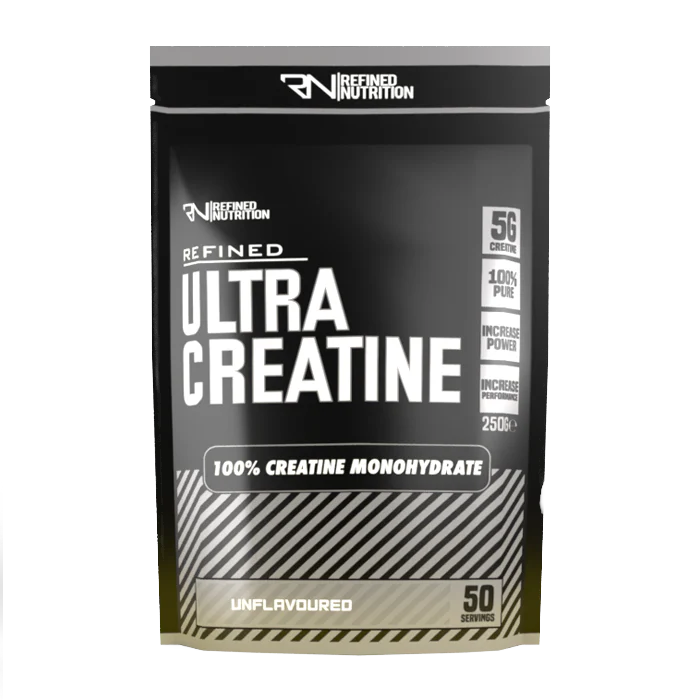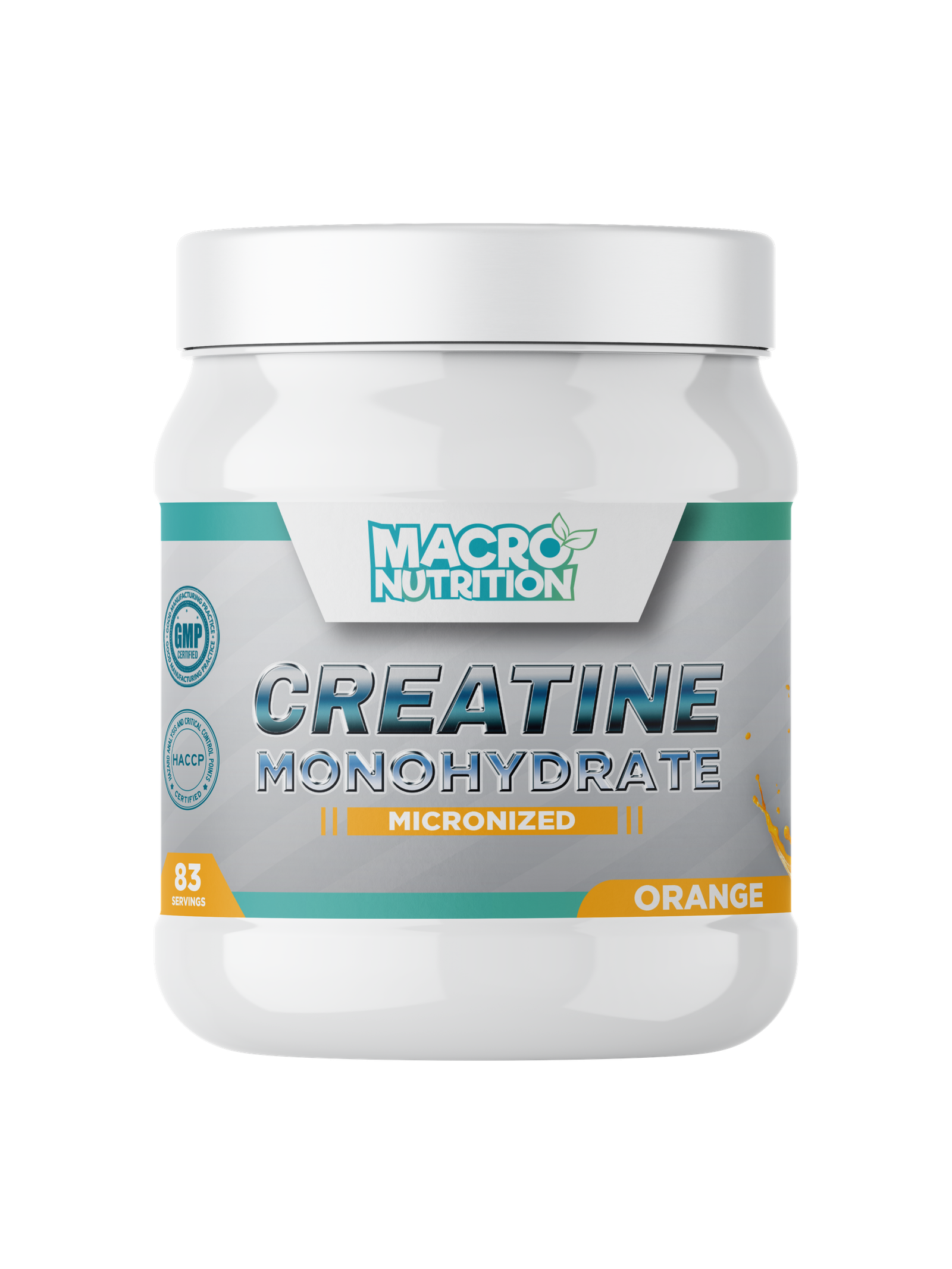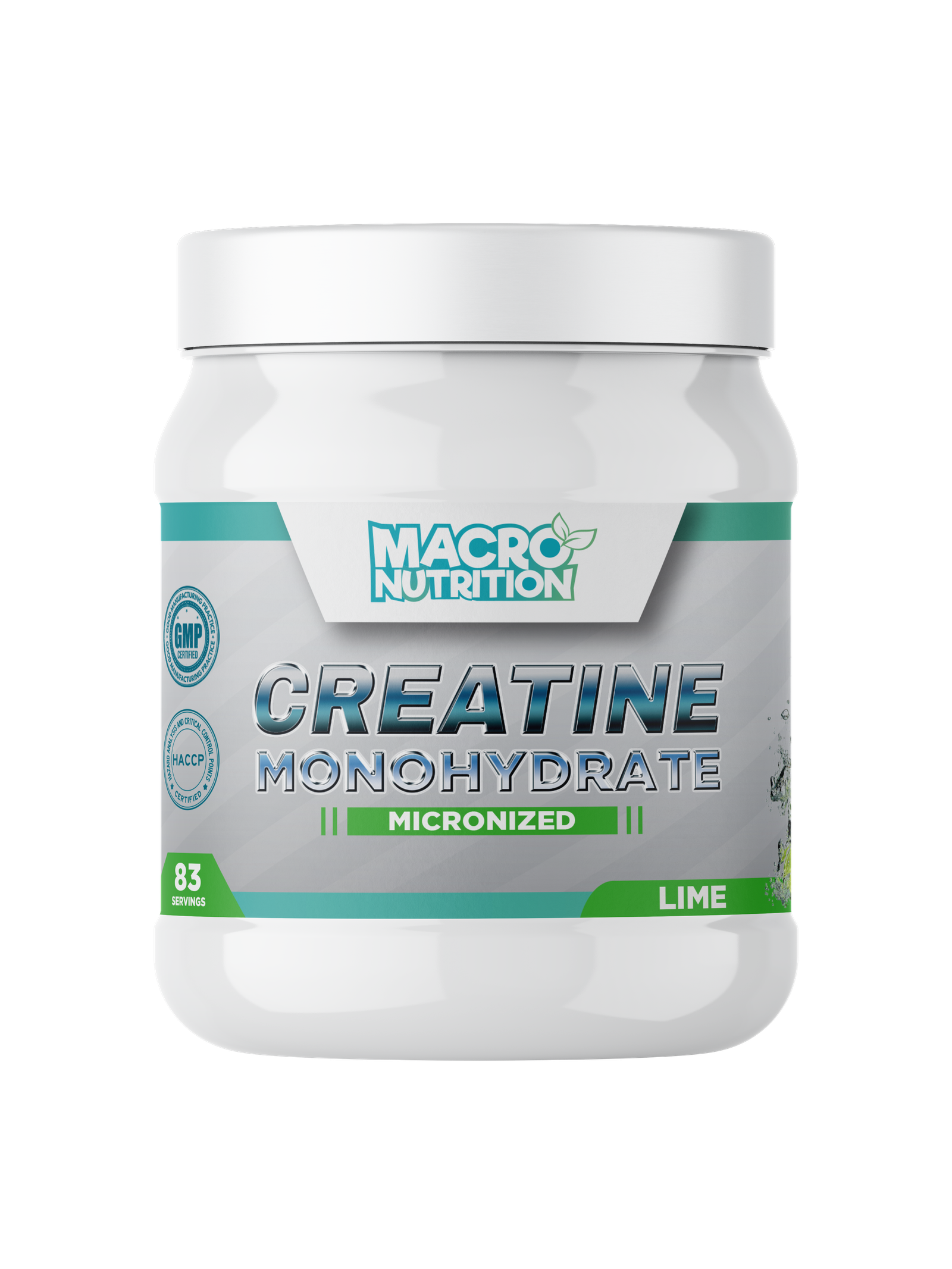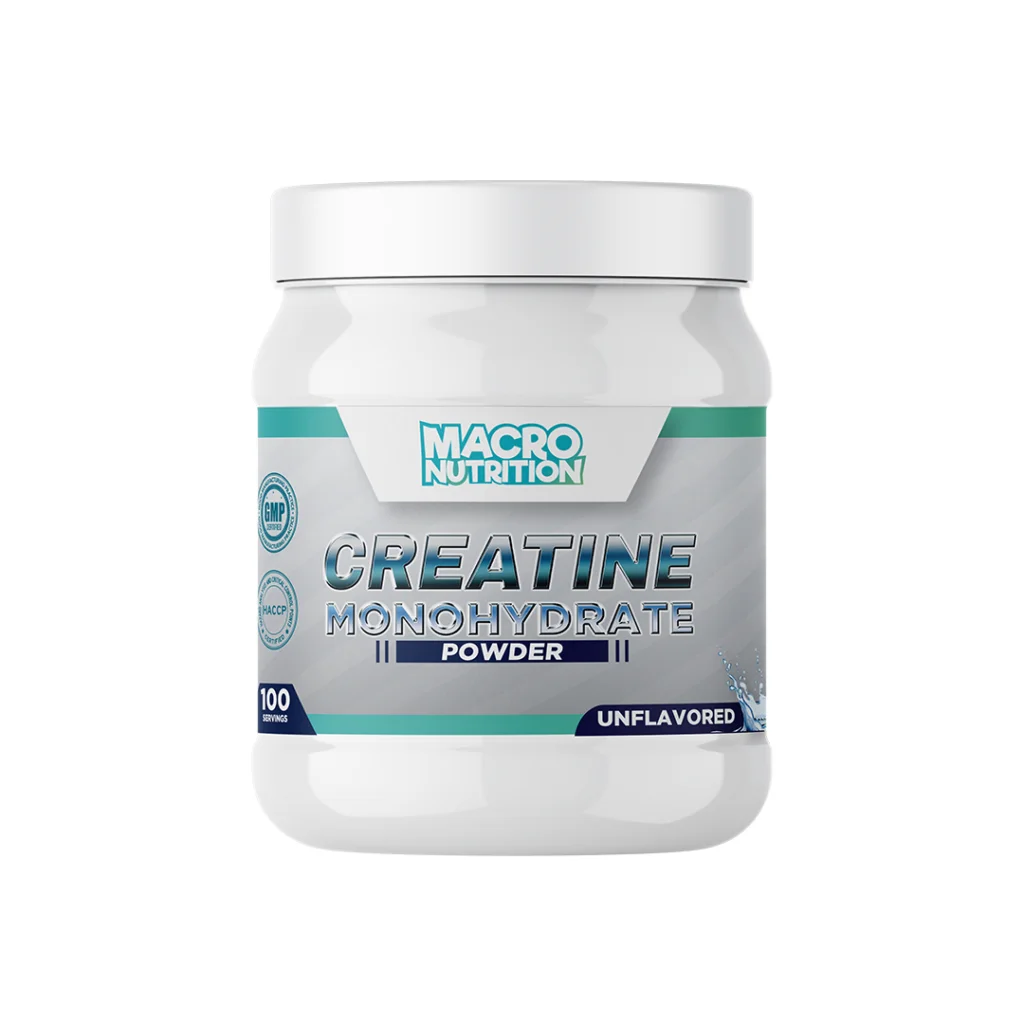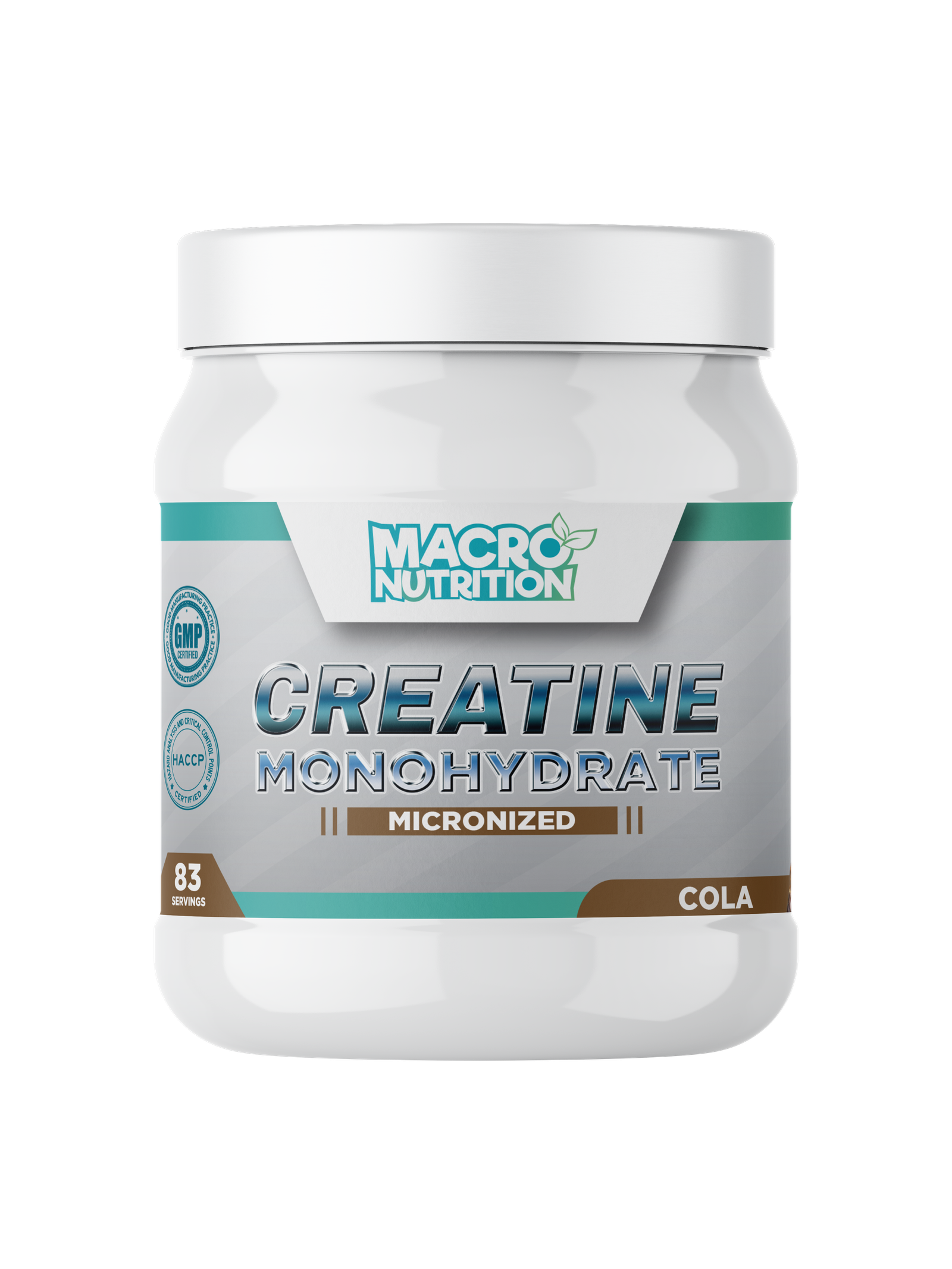Introduction to Creatine and Creatine Monohydrate
Creatine is a naturally occurring compound found in small quantities in certain foods and synthesized by the body from amino acids, specifically in the liver, kidneys, and pancreas. Its primary role is to facilitate the production of adenosine triphosphate (ATP), the energy currency of cells, particularly during high-intensity activities. By increasing the availability of ATP, creatine enhances overall physical performance, making it particularly appealing to athletes and fitness enthusiasts seeking to improve strength, power, and endurance during workouts.
The popularity of creatine among athletes can be partly attributed to its effective role in muscle energy metabolism and recovery. Research has consistently demonstrated that creatine supplementation can lead to improved exercise performance, enhanced muscle mass, and quicker recovery times between bouts of high-intensity activity. This makes creatine a staple in many athletic training regimens, as it provides a competitive edge for those participating in sports requiring short bursts of energy, such as sprinting, weightlifting, and other explosive movements.
Among the various forms of creatine available on the market, creatine monohydrate is the most widely used and researched variant. Creatine monohydrate consists of a creatine molecule bound to a water molecule. Its effectiveness and safety profile have been documented in numerous studies, establishing it as a reliable performance enhancer. Furthermore, creatine monohydrate is easily absorbed by the body, making it an ideal choice for supplementation. It has become a benchmark for comparing other creatine formulations due to its proven benefits and cost-effectiveness, thereby solidifying its position as a cornerstone in the fitness market.
The Science Behind Creatine
Creatine is a naturally occurring compound primarily found in muscle cells. It plays a pivotal role in energy production, specifically in the form of adenosine triphosphate (ATP), which is the primary energy carrier in cells. The body synthesizes creatine from amino acids, primarily in the liver, kidneys, and pancreas. With significant amounts stored in the muscles, creatine readily converts to phosphocreatine during high-intensity activities, enabling the quick replenishment of ATP. This is crucial for activities that require short bursts of energy, such as sprinting or weightlifting.
Supplementation with creatine has gained considerable attention in the fitness community for its performance-enhancing potential. Research demonstrates that individuals taking creatine supplements often experience improved workout performance, which can lead to increased muscle mass over time. This enhancement is particularly beneficial for athletes engaged in resistance training and high-intensity interval training (HIIT). By elevating phosphocreatine levels, creatine facilitates a more significant energy supply during these demanding workouts, allowing for extended training duration and intensity.
In addition to performance benefits, creatine supplementation is linked to quicker recovery times post-exercise. Lower levels of muscle damage and inflammation are observed in those who regularly consume creatine, enabling them to train more frequently and effectively. Among the various forms of creatine available, creatine monohydrate remains the most researched and widely used. Evidence suggests that it is equally effective, if not superior, to other forms in enhancing muscle creatine levels. The simplicity and affordability of creatine monohydrate further contribute to its popularity in the realm of sports nutrition.
Comparison of Creatine and Creatine Monohydrate
Creatine is a naturally occurring compound found in small amounts in certain foods and synthesized within the body from amino acids. It plays a critical role in energy production during high-intensity exercise and explosive movements. However, within the realm of dietary supplements, creatine typically refers to various forms, with creatine monohydrate being the most researched and widely used. Understanding the distinctions between general creatine and creatine monohydrate is essential for those considering supplementation.
Creatine monohydrate is the simplest and most studied form. It consists of creatine molecules attached to a water molecule, making it highly soluble and effective for increasing muscle mass, strength, and exercise performance. Various other forms of creatine exist in the market, including creatine ethyl ester, buffered creatine, and creatine hydrochloride. While these alternative forms are often marketed for their enhanced absorption or reduced side effects, research supporting these claims is still limited compared to creatine monohydrate.
A common misconception is that all creatine supplements are the same, but this is not the case. Each form may vary in terms of bioavailability, efficacy, and cost-effectiveness. For instance, creatine ethyl ester was once popularized as a superior alternative, yet clinical studies have not consistently backed such claims. Similarly, buffered creatine, which claims to minimize stomach discomfort, does not exhibit the same level of research-documented benefits as creatine monohydrate.
In summary, while “creatine” can denote various types of supplements, creatine monohydrate remains the most established and reliable choice. Its proven benefits and extensive research make it a preferred option for athletes and fitness enthusiasts looking to enhance performance effectively.
Choosing the Right Creatine for Your Fitness Goals
When selecting the appropriate type of creatine for your fitness journey, it is essential to consider various factors that align with your individual goals, lifestyle, and unique responses to supplementation. The ideal creatine supplement is not one-size-fits-all; rather, it should be tailored to meet your specific needs. One of the primary considerations is the form of creatine you wish to use. Creatine monohydrate is the most extensively researched form and is often the go-to choice for many athletes due to its proven effectiveness. However, other forms like creatine hydrochloride and creatine ethyl ester may offer different absorption rates or benefits that might be suitable for some users.
Understanding how your body absorbs and responds to creatine is another crucial factor. Creatine monohydrate is known for its high absorption capacity, but some individuals may experience gastrointestinal discomfort. If this is a concern, exploring other forms of creatine that may be gentler on the stomach could be beneficial. Additionally, personal preferences play a role; some individuals may prefer powdered forms mixed into their post-workout shake, while others might opt for capsules for convenience.
The potential side effects associated with creatine supplementation should also be taken into account. While most users do not experience significant adverse effects, staying informed about possible reactions, such as dehydration or muscle cramping, can help in making an educated decision. Quality matters immensely when it comes to supplementation; selecting a creatine product from reputable brands like those available in the Fitness Fuel Healthy Foods range ensures that you are getting a safe and effective product devoid of harmful additives.
Ultimately, the right choice hinges on your personal health and fitness aspirations. With this knowledge, you can confidently choose a creatine supplement that supports your growth and performance.



